Discover our e-shop and access a digital catalogue of over 40.000 design products.
Go to shop10 April 2025

An evolution shaped by listening, discipline, and material sensitivity — design as the result of thoughtful, in-depth research.
In the increasingly fast-paced and competitive world of contemporary design, we see a growing desire to pause, to listen, and to redefine our perspective — a return to the essence. Federica Biasi shares a deeply personal and professional phase that marks a turning point in her creative path.
Following a period of reflection, her return to Salone del Mobile 2025 takes on the meaning of a design rebirth — a more authentic and conscious vision. At the heart of it all is material: no longer a mere expressive medium, but a living, narrative presence, capable of evoking emotion, identity, and memory.
“It is a path nourished by the dialogue between craftsmanship, materiality, and design vision, with a growing focus on the intrinsic truth of materials and their evocative power.”
Each project becomes a space to inhabit with care — guided by the desire to restore design to its natural rhythm, shaped by observation, listening, and transformation.
A precious testimony that invites us to reconsider the very meaning of what it means to design today.
In your latest projects, there’s a clear dialogue between different cultures, brought together through craftsmanship and tradition. What principles guide this exploration, and how do you achieve such a balanced synthesis?
In my work, I always strive to find a subtle balance between different worlds — between heritage and innovation, Mediterranean sensibility and more distant influences. This dialogue between cultures begins with deep listening: I observe techniques, materials, and colors, but above all, I pay attention to the stories each culture carries with it. It’s never about layering elements, but about interweaving them with respect and lightness.
The principles that guide me are empathy, harmony of form, and a poetic approach to functionality. I seek to translate tradition into contemporary languages, allowing each project to breathe — as if it held within it a quiet narrative of its own.
Synthesis, for me, arises through a process of subtraction and attentive listening, where every detail has meaning and nothing is superfluous.
Asian cultures are a recurring source of inspiration in your designs — sometimes explicitly, other times in more subtle ways. What fascinates you most about these traditions, and how do you interpret them within your design language?
What fascinates me about Asian cultures is their ability to capture beauty in silence and in the refinement of minimal gestures. There’s a delicacy in the way they relate to matter, time, and space — a sensibility that resonates deeply with my own approach to design. Concepts like emptiness and suspension profoundly shape my aesthetic vision.
I never aim to imitate, but rather to absorb an attitude, a rhythm. Sometimes this inspiration surfaces in a construction detail, a color palette, or the calibrated use of texture — quiet yet intentional elements that carry meaning.
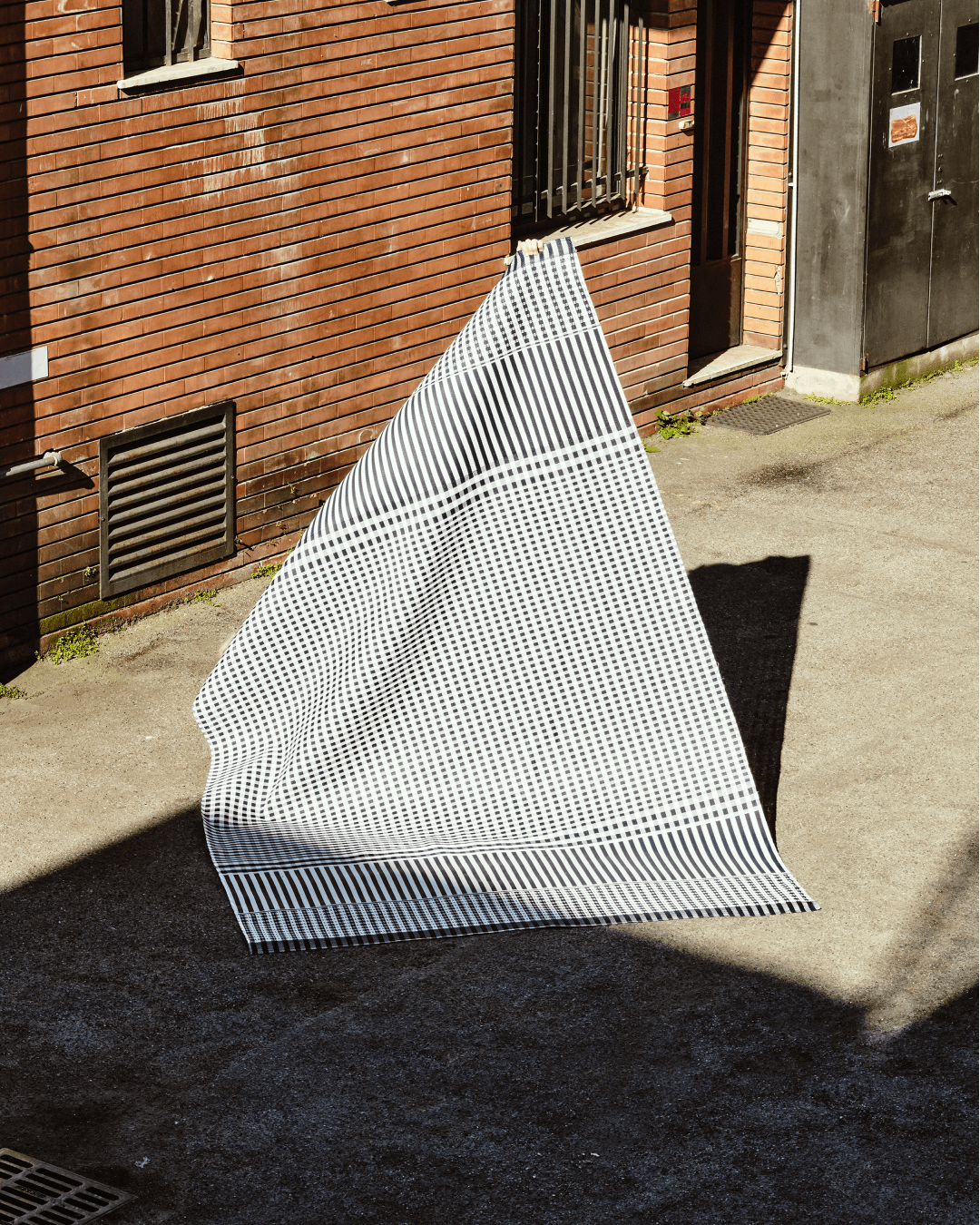
Saha | Gervasoni

Kimono | Decoratori Bassanes | MDW25i
In your recent work, material appears to play a central role — not only in the aesthetic outcome, but also in the narrative of the project. How do you select materials, and how do they shape the creative process?
For me, material is never just a medium — it’s the starting point, whenever possible. Often, it’s the material itself that suggests the form, the rhythm, even the emotional tone of a project. I choose it with care, paying attention to its characteristics: how it ages, if it ages, how it reacts to light, to time, to touch — to the senses.
I’m drawn to authentic materials, those that convey tactility and a certain imperfection, because I believe it’s precisely these qualities that make an object feel alive and close to the user. Material guides the creative process — it sets boundaries, yes, but it also opens the door to unexpected possibilities.
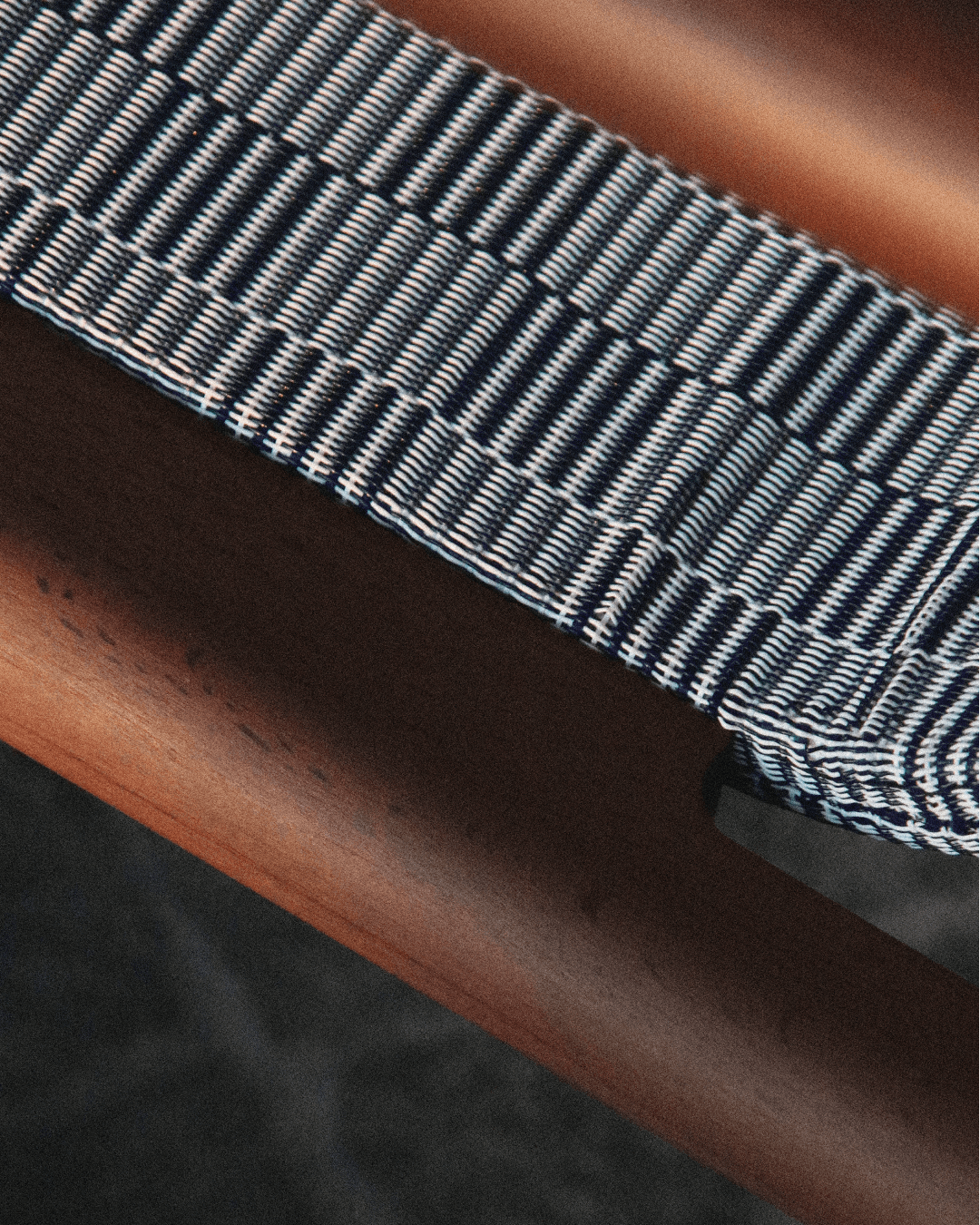
How does inspiration for a new project take shape? Can you walk us through the process of building a moodboard and how you manage to create visual harmony, even among very different elements?
Inspiration often emerges while traveling, in moments of contemplation in nature, or through the lens of a camera — always outside the studio. I’m referring to that first spark. Visual fragments collected over time become emotional notes, traces from which to begin.
The moodboard is the first design gesture — an intuitive yet informed composition, where images, materials, and references, sometimes even literary or artistic, begin to engage in dialogue. Harmony arises through subtle affinities, like a visual score coming together.
I often think of Aby Warburg and his Mnemosyne Atlas: each project becomes a montage of memories, an open system of signs waiting to take shape. It’s a visceral process, but one that’s also carefully considered, down to the smallest detail.
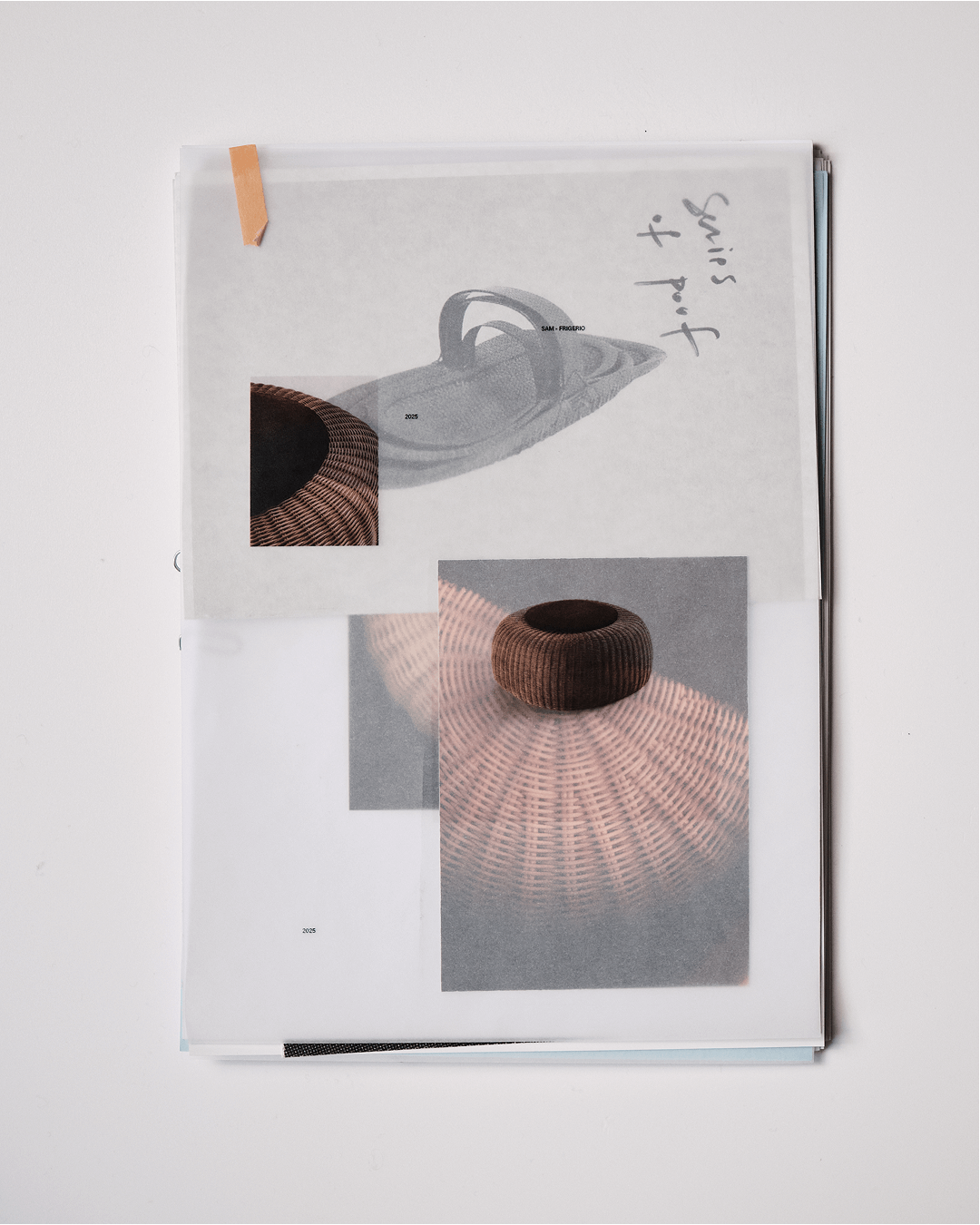
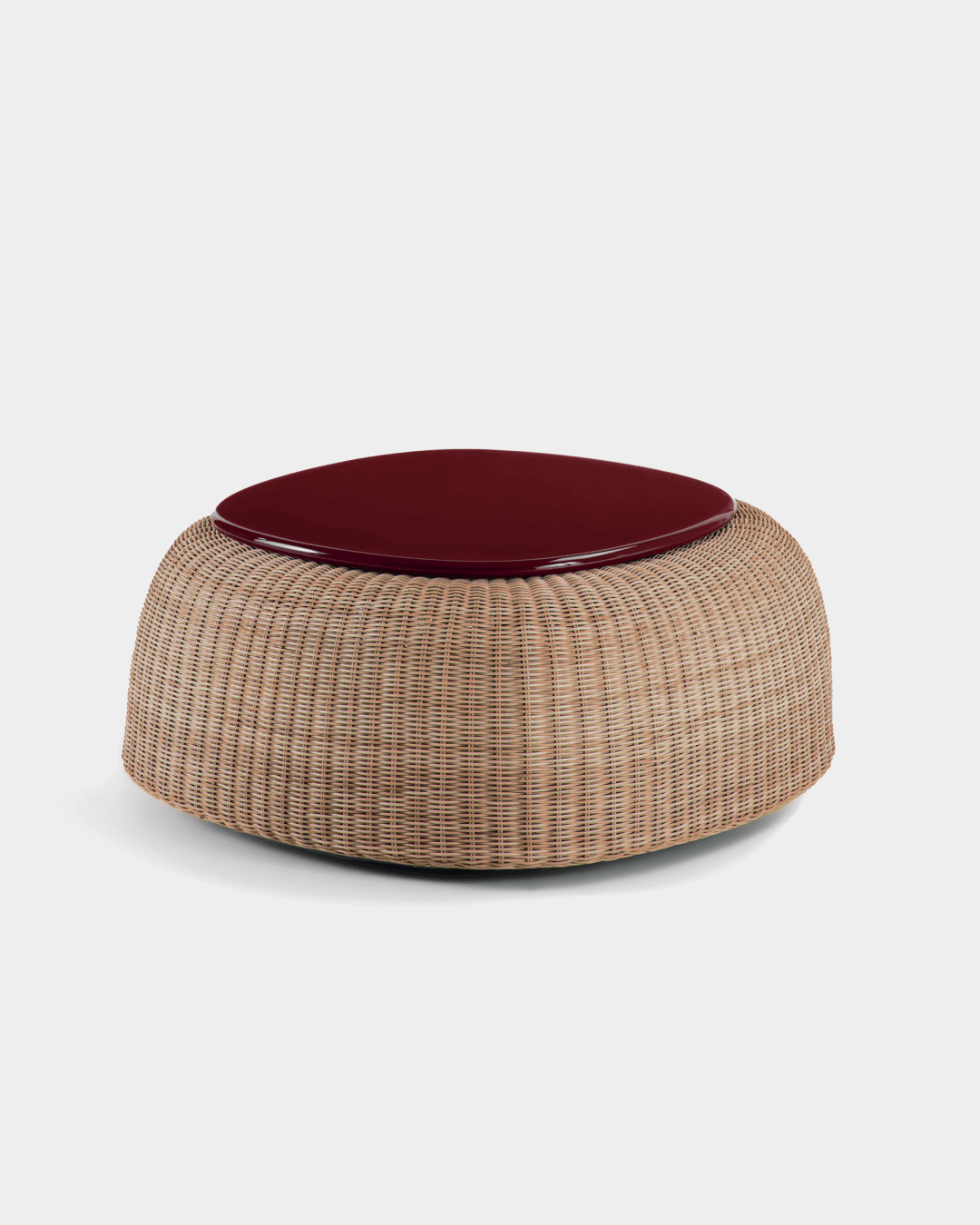
Sam | Frigerio
Can you give us some insight into your designs for Salone del Mobile 2025? How do they reflect the latest developments in your design thinking?
I can share that the projects I’m presenting at Salone del Mobile 2025 are the result of an increasingly conscious exploration of material and the cultural identity of objects. These will be collections where tactility and the memory of craftsmanship take center stage — yet reinterpreted through a contemporary and essential language.
My design thinking is evolving toward an even more radical form of subtraction, where every detail is necessary, and nothing is merely decorative. If I think of the Antigua project for Emu, we removed a lot from the initial proposal — stripping back the details, making the structure as visible as possible, and treating the product almost like an archaic, simple weave.
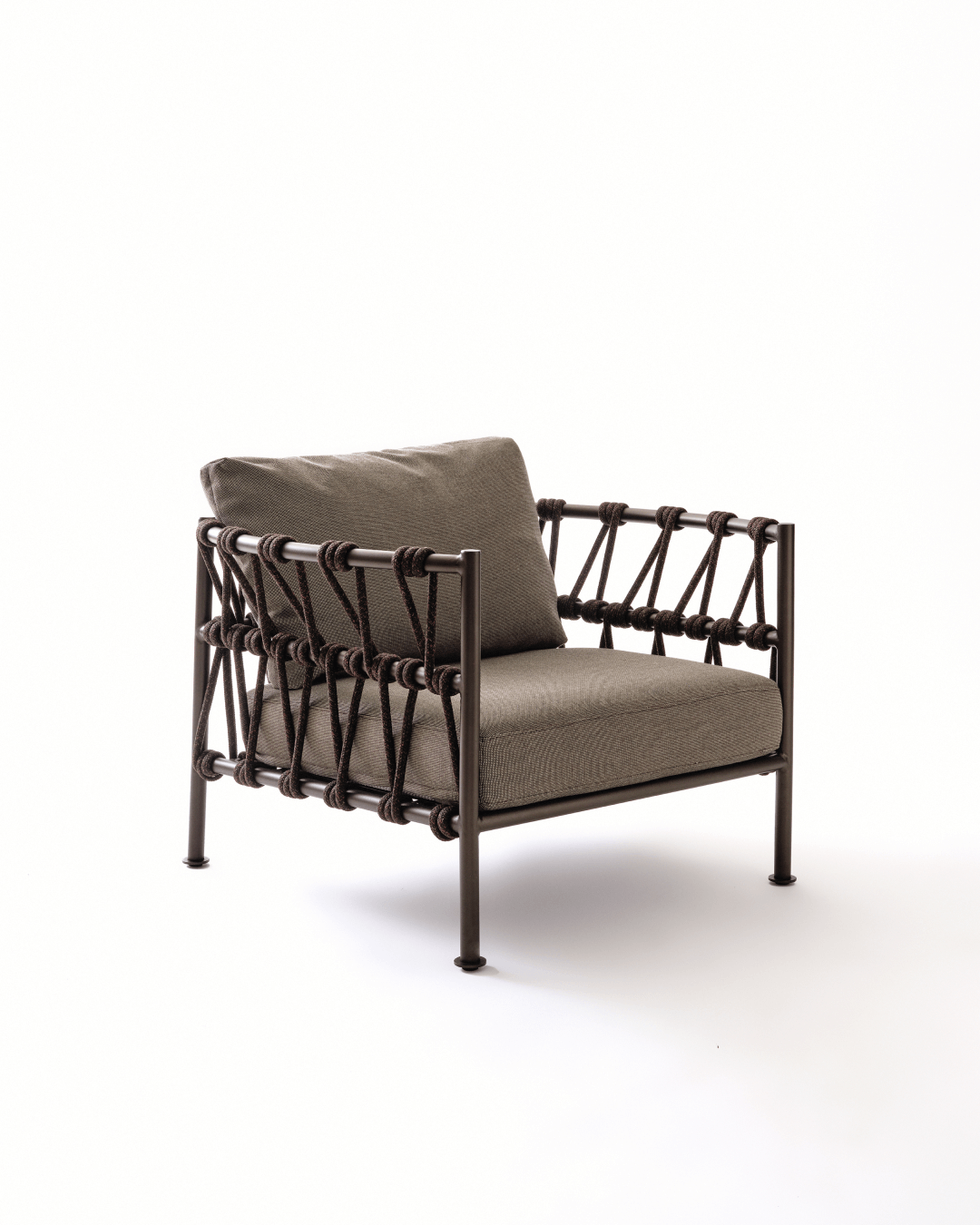
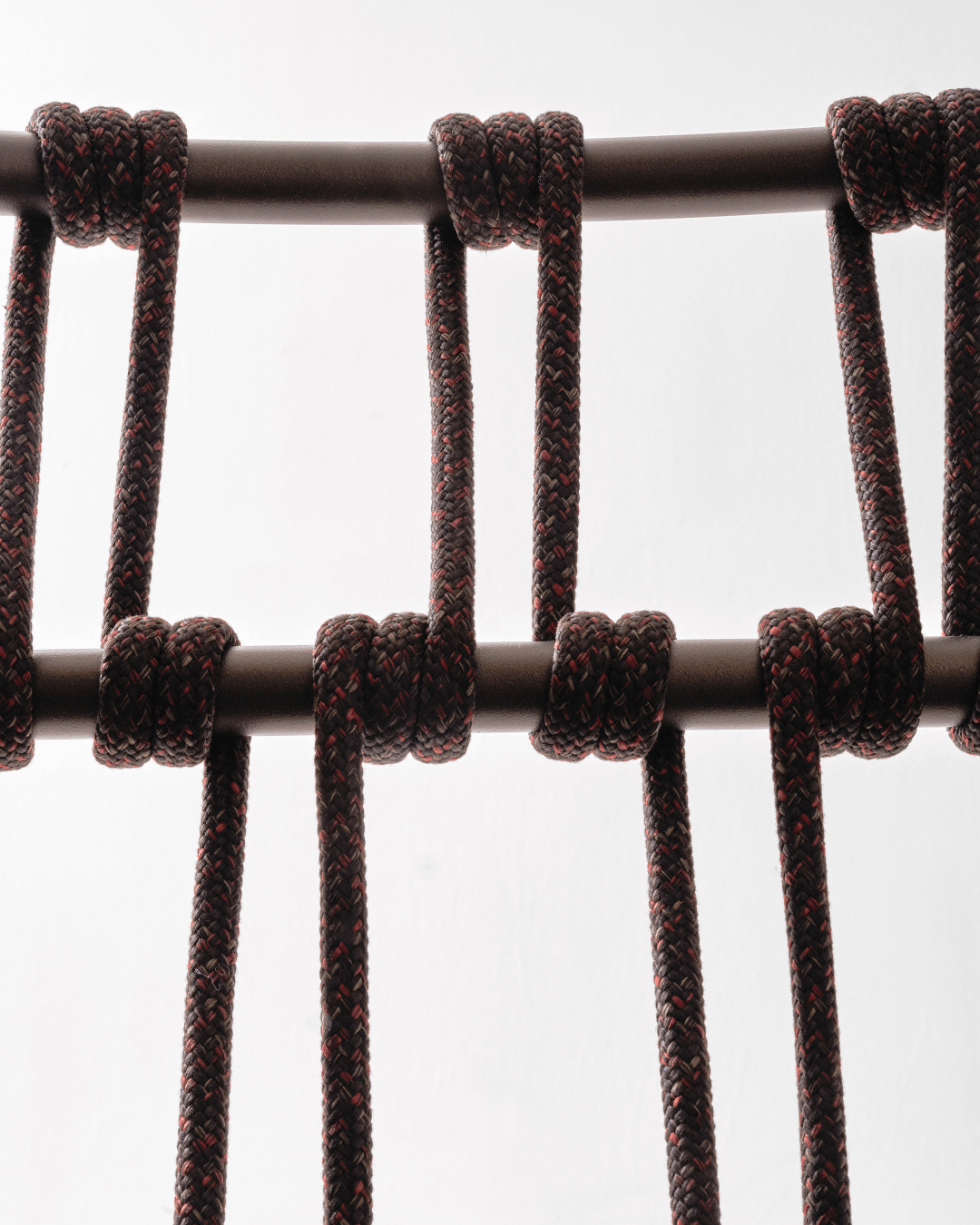
Antigua | Emu
There’s also a deeper reflection on the time of objects — their ability to endure, to be embraced, and to evolve in daily life. That’s where the Aura collection for Koru was born — a brand that launched this year, focused on e-commerce and sustainability. I had long wanted to design a solid wood collection, defined by almost invisible details. Aura is an extremely subtle collection, and in many ways, it reflects the kinds of simple objects I surround myself with. For once, I wanted to truly concentrate the design on pure essentiality.
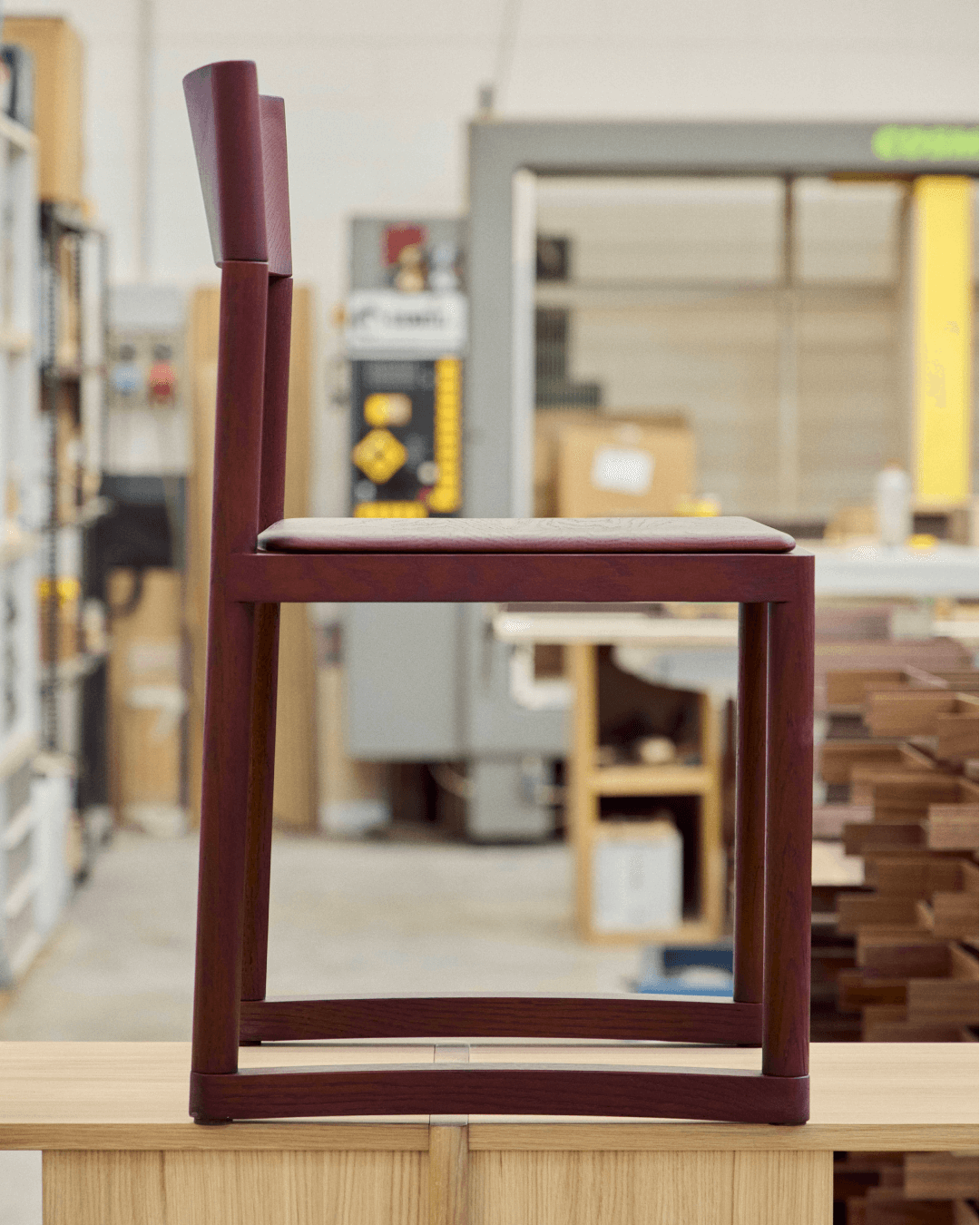
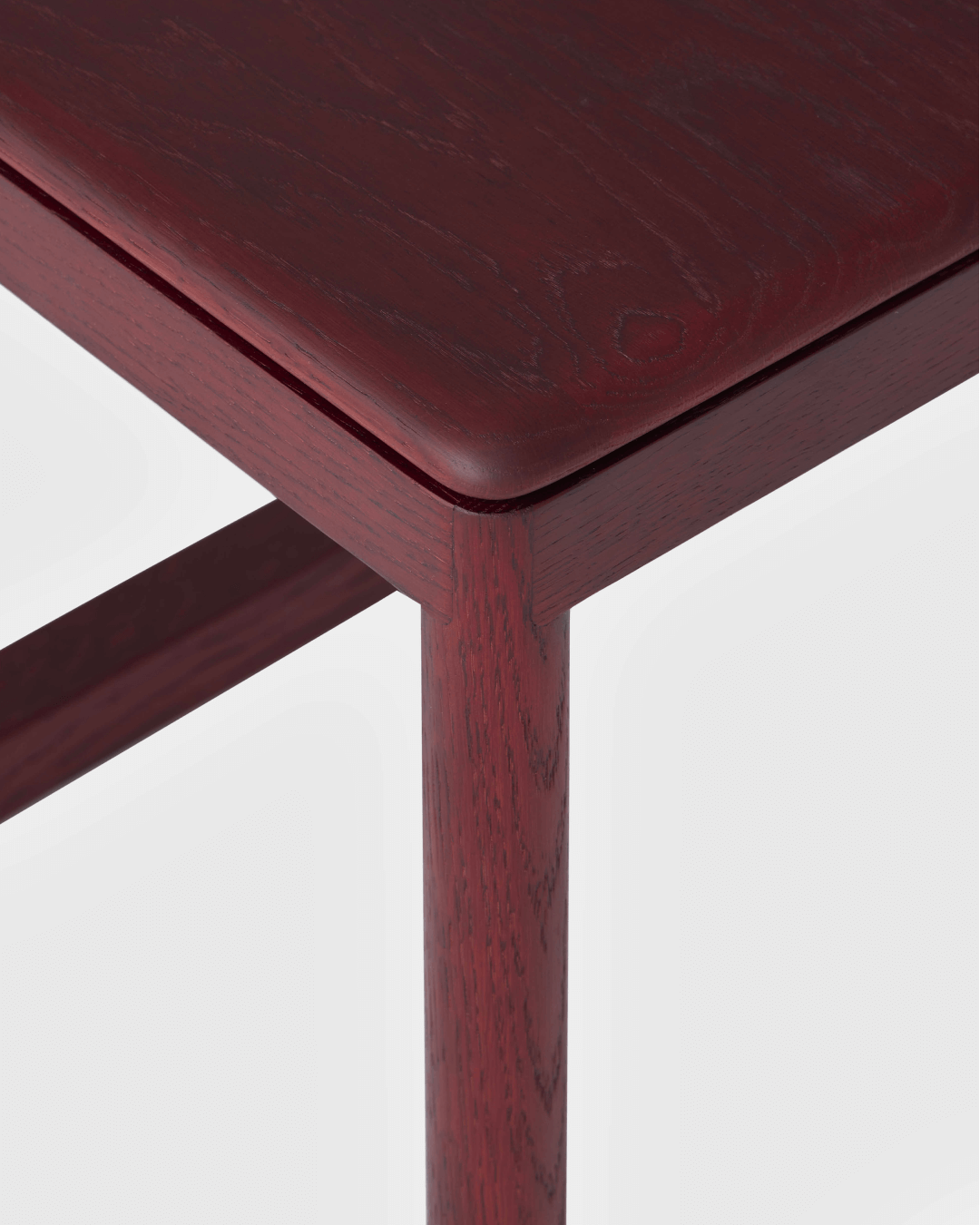
Aura Chair | Koru

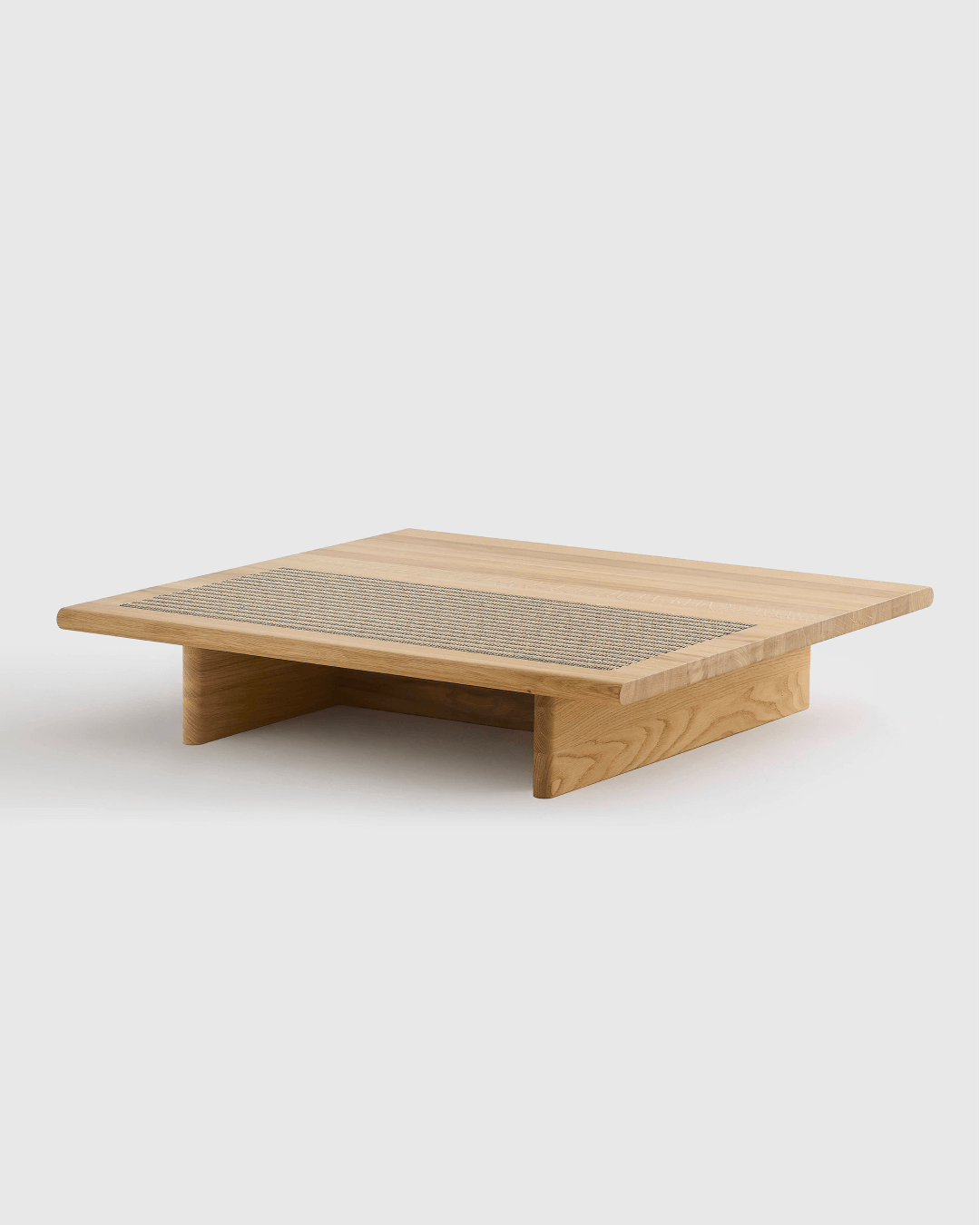
Aura Coffee Table | Koru
It’s a return to the essence — filtered through a visual and cultural background that continues to expand and evolve with each project.

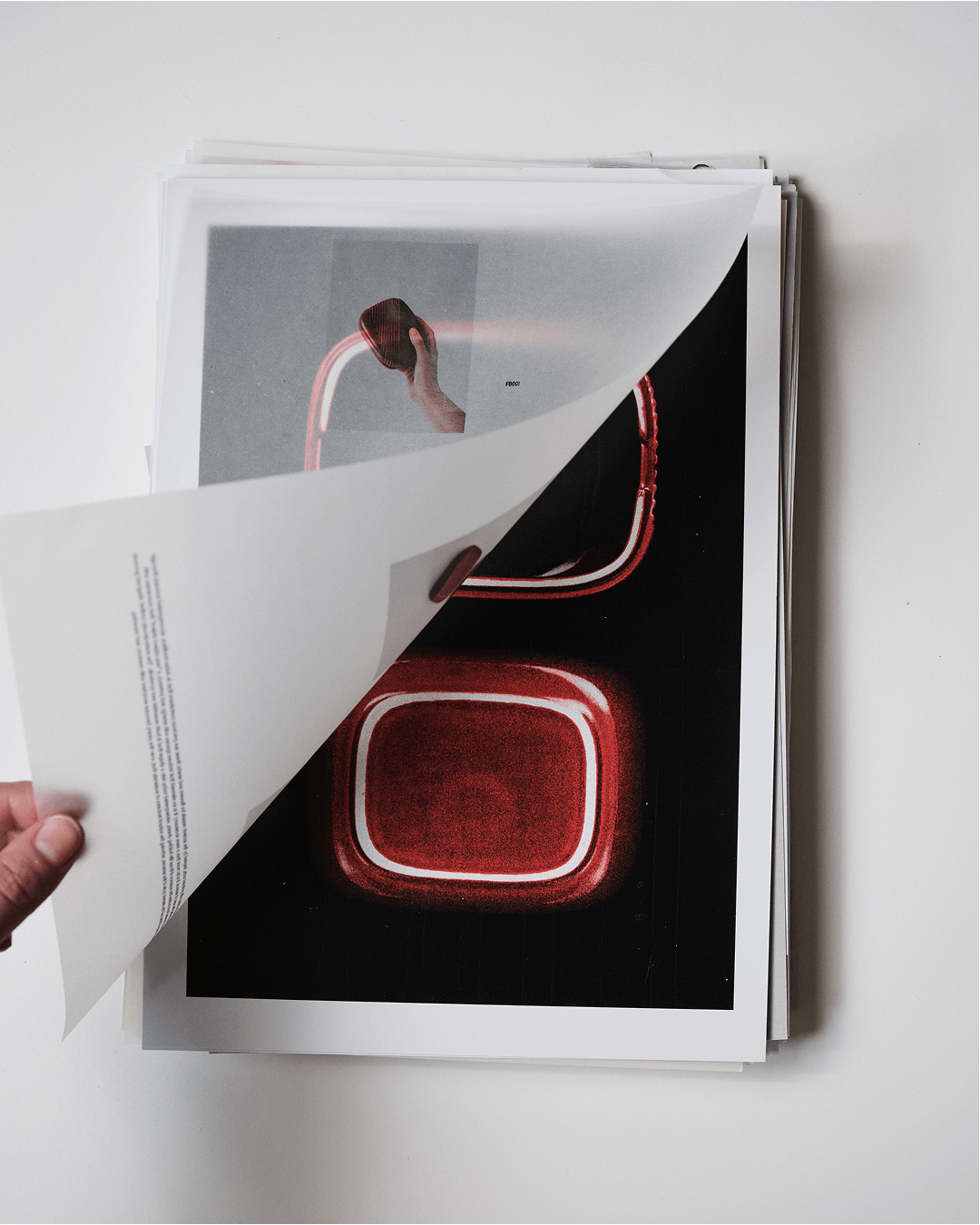

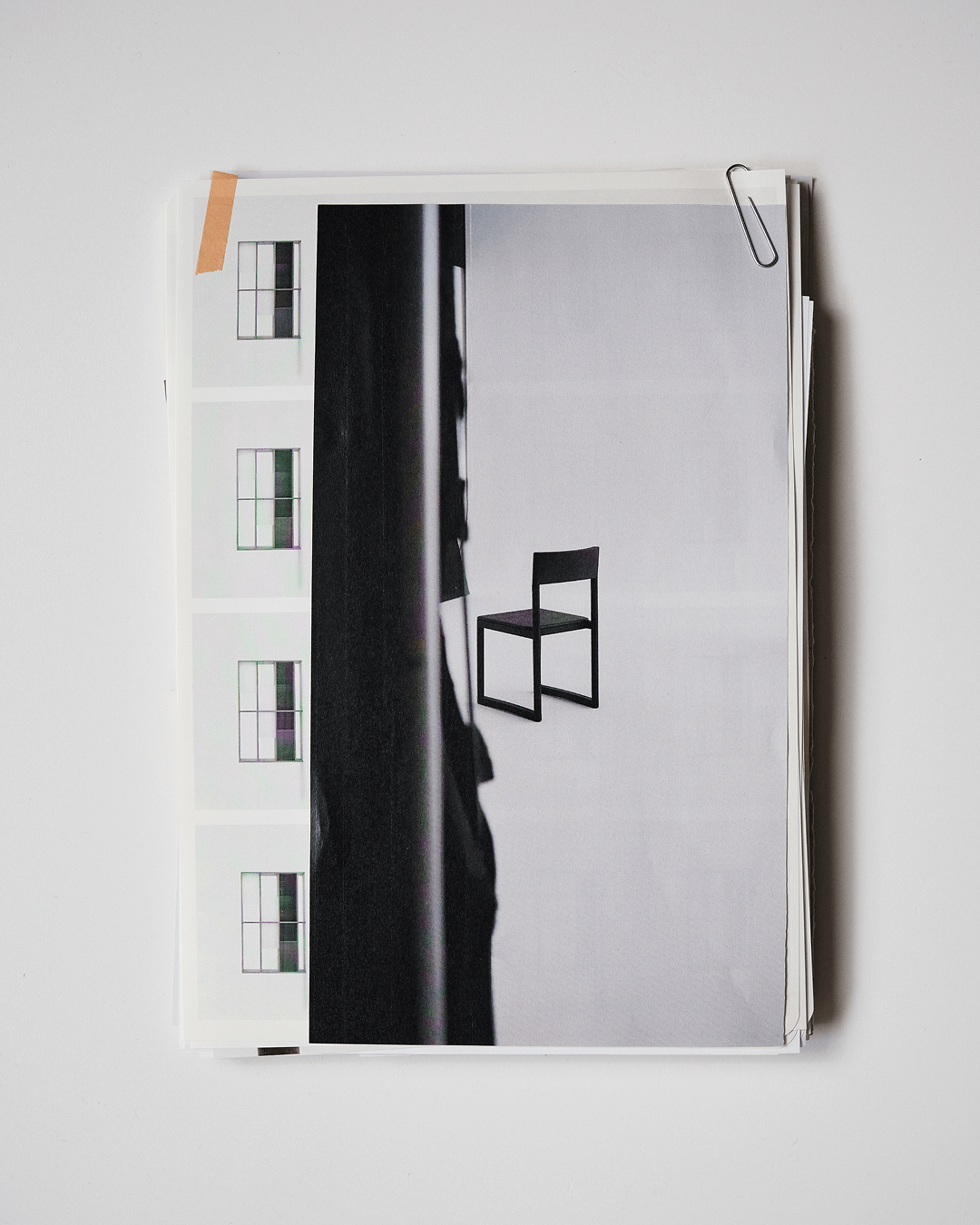
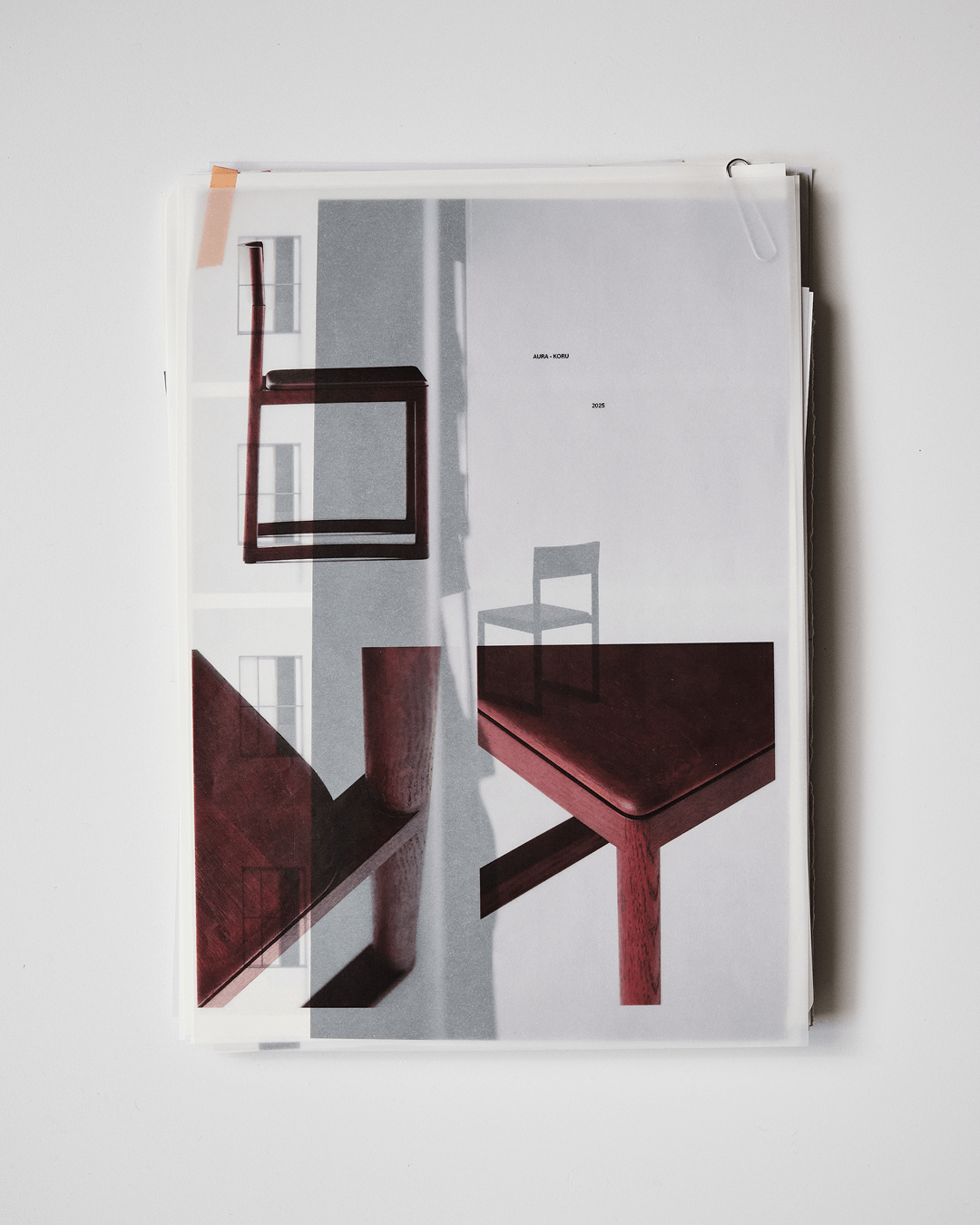
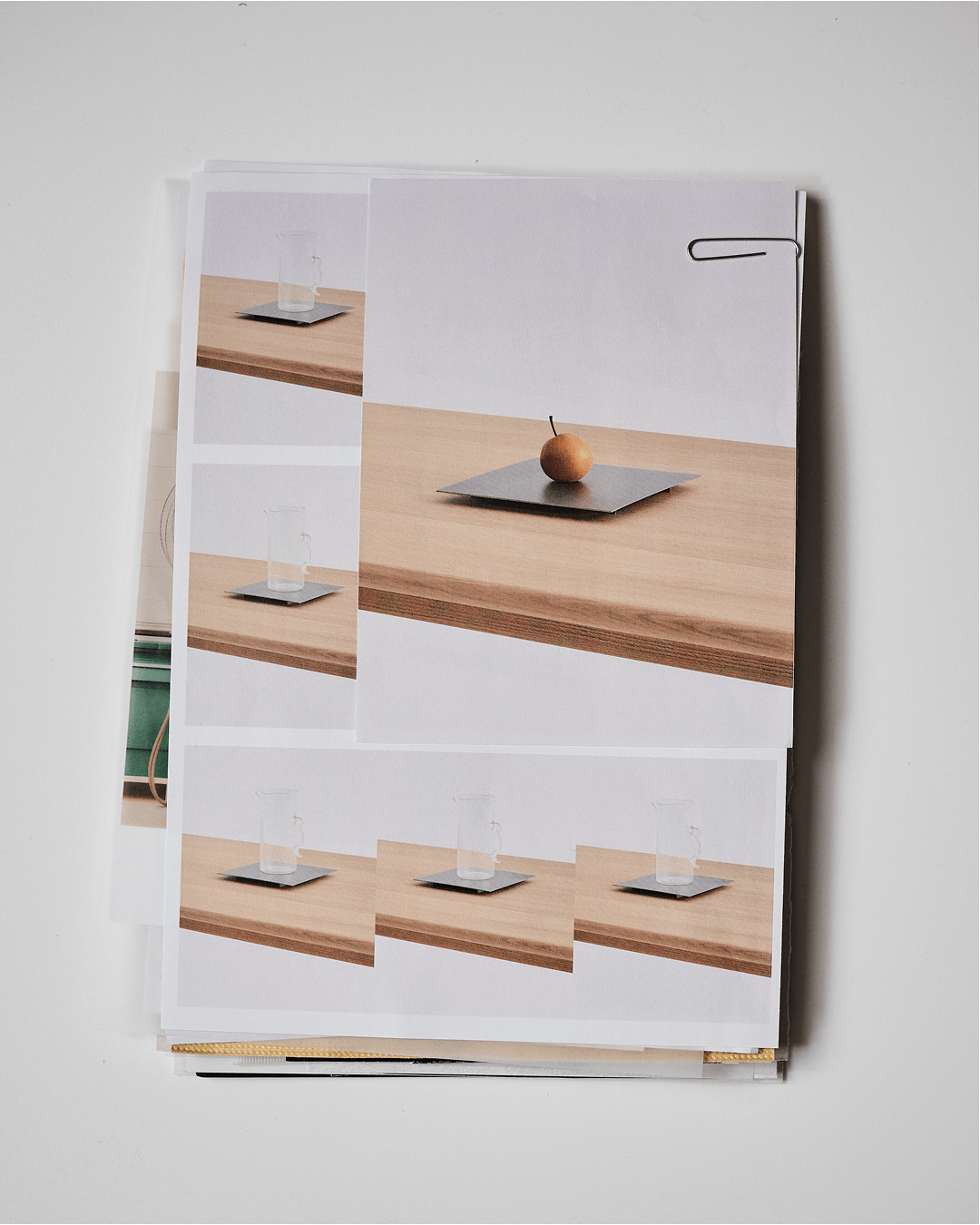
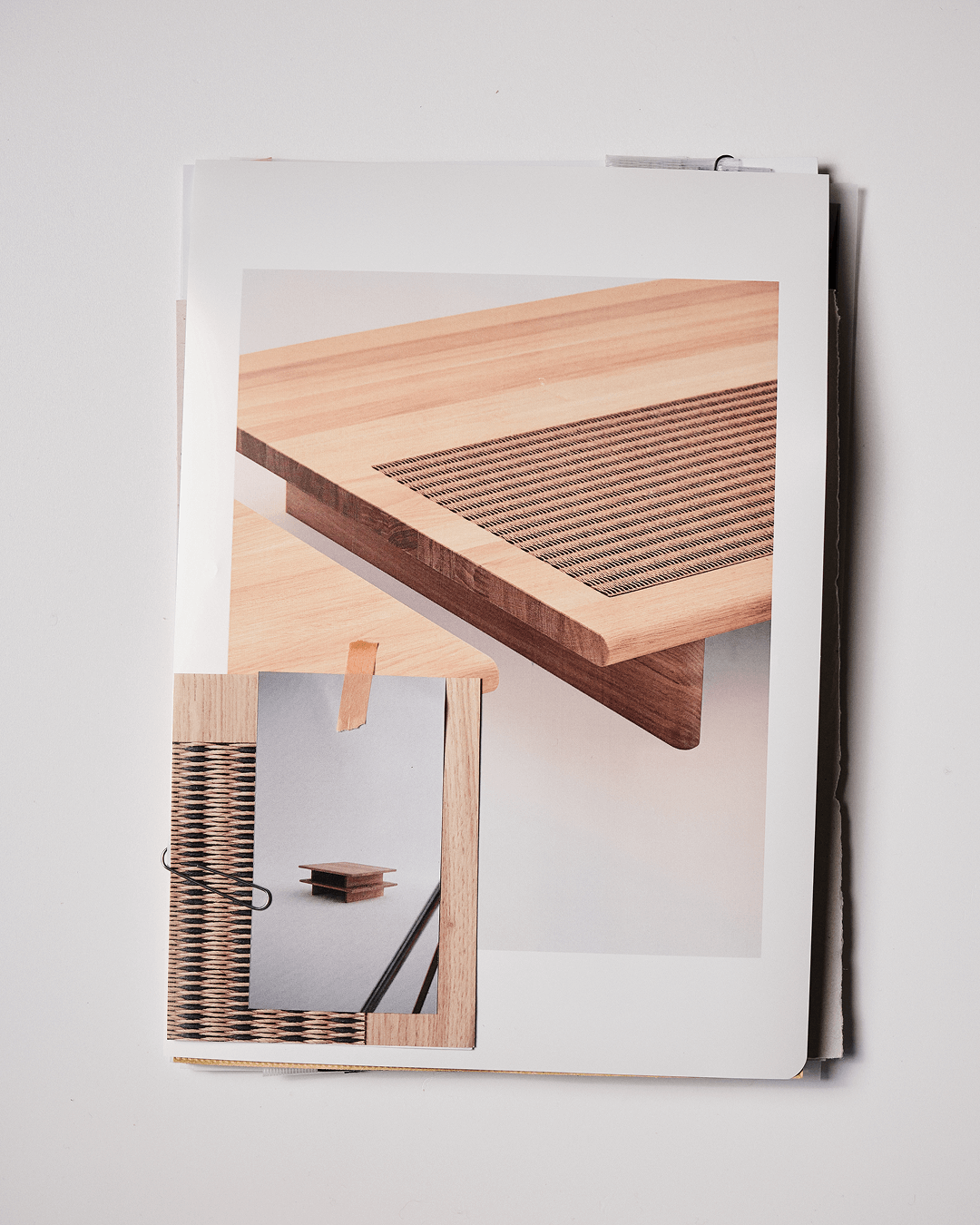
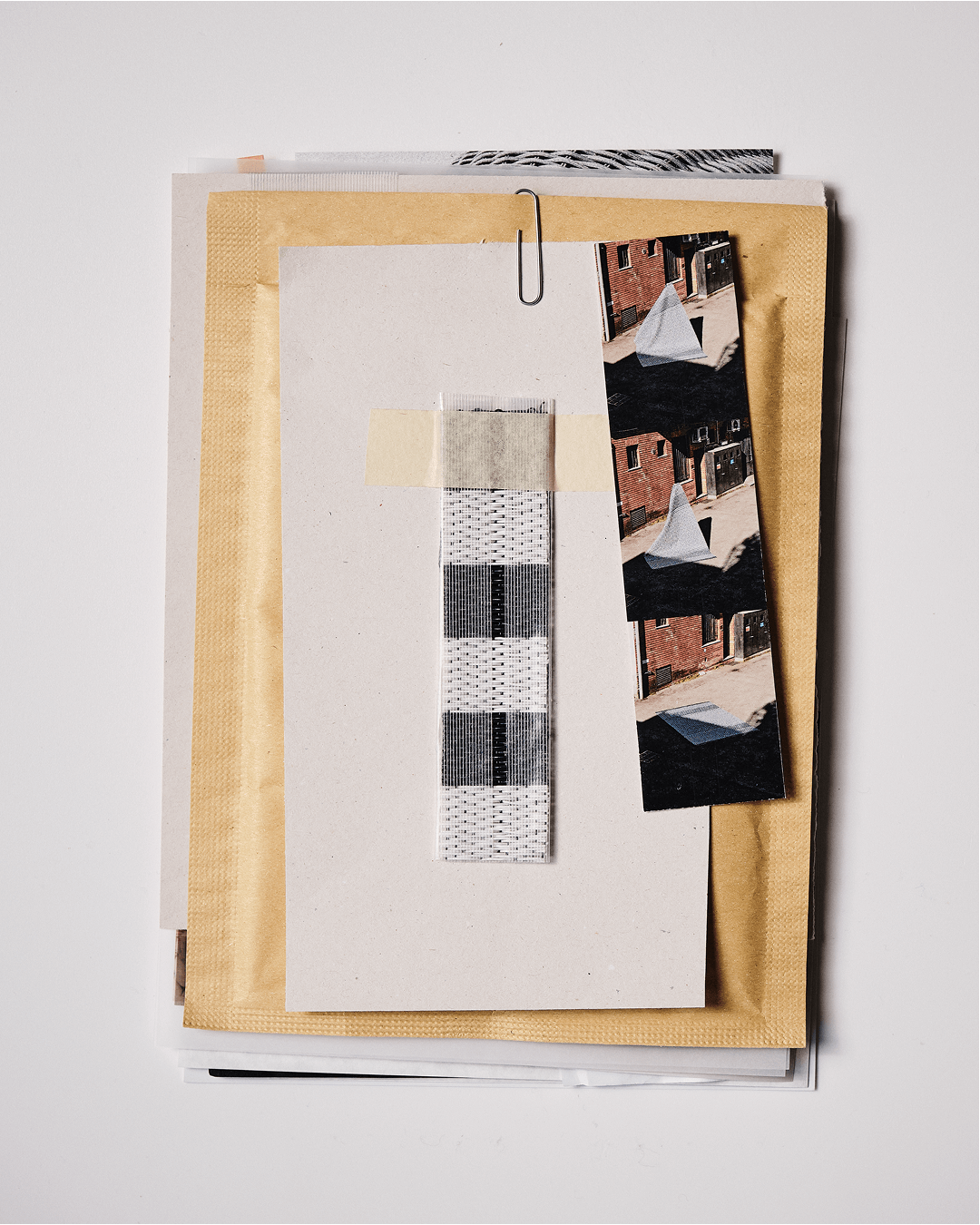


What is your idea of home today? And how do you see the concept of contemporary living evolving?
Today, I see the home as a place of suspension — a space that welcomes without imposing, protects without isolating. It’s an environment that mirrors who we are, not just in aesthetic terms but on an emotional level as well, evolving continuously alongside us.
Is there a corner or room in your home that you feel particularly attached to? What makes it special to you? And if you’d like, could you share an unedited photo?
I actually feel a deep connection to every part of the house, but if I had to choose, the entrance hall holds a special meaning. It’s like a quiet narrative of me and my partner — a discreet portrait of our shared passions. The space is essential, almost bare, yet inhabited by a few carefully selected objects collected from different parts of the world, either by us or gifted by people close to us. All are strictly handcrafted. It’s these authentic presences that soften the minimalist rigor that defines the rest of the house.

